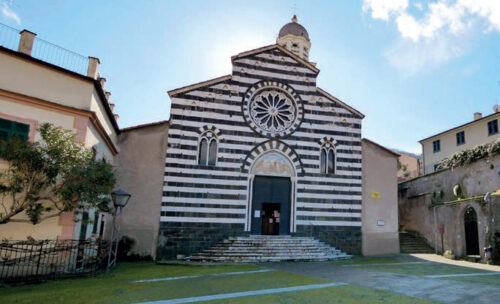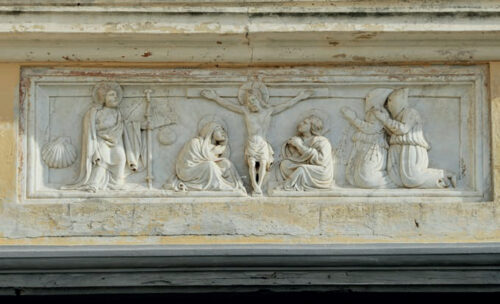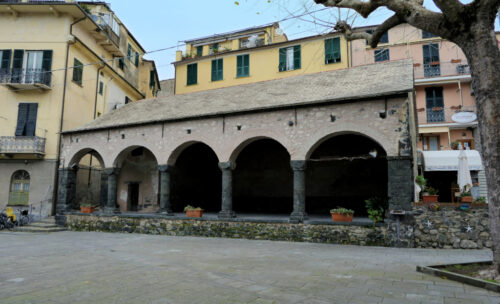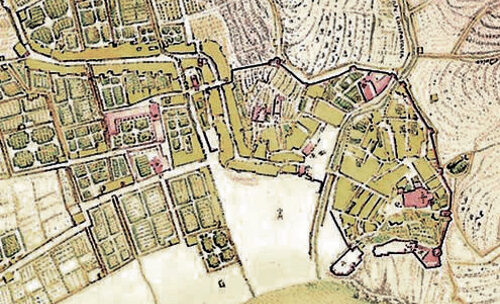The reconstruction and valorisation of the ancient medieval path known as Via dei Monti, connecting Levanto to Pontremoli while passing through Brugnato, aims to be a tribute to the millenary history of this territory in loving memory of professor Tiziano Mannoni, to whom we owe the discovery of this route that invites the modern traveller to live an experience between history and nature.
The starting, or finishing, point of this itinerary is in Levanto and was represented by the port channel, a natural harbour that in the 13th century Genoa transformed into a commercial hub by expanding the mouth of Cantarana creek so that small-sized boats would be able to navigate it. Once outfitted with the infrastructure necessary to develop port and commercial activities, it would become a very important strategic landmark for all maritime commerce in the Riviera di Levante (the eastern coast of Liguria), also thanks to the mule tracks leading towards the ridges in direction of Parma and Piacenza. This harbour and commercial center was decommisioned following the excavation of the river but we can still feel its story through the imposing lodge where customs and toll procedures were conducted, the surviving parts of the warehouses, merchant houses and of the dock, and finally the engineering effort put into building works such as the Church of Saint Andrew and the defensive walls.
The presence of the ancient oratory of the Brotherhood of Saint Jacob, situated on the hill behind the lodge, testifies to the fact that this port channel was not only used by merchants, but also by pilgrims facing perils and long sea travels to reach Rome, the Holy Land and Santiago de Compostela.













